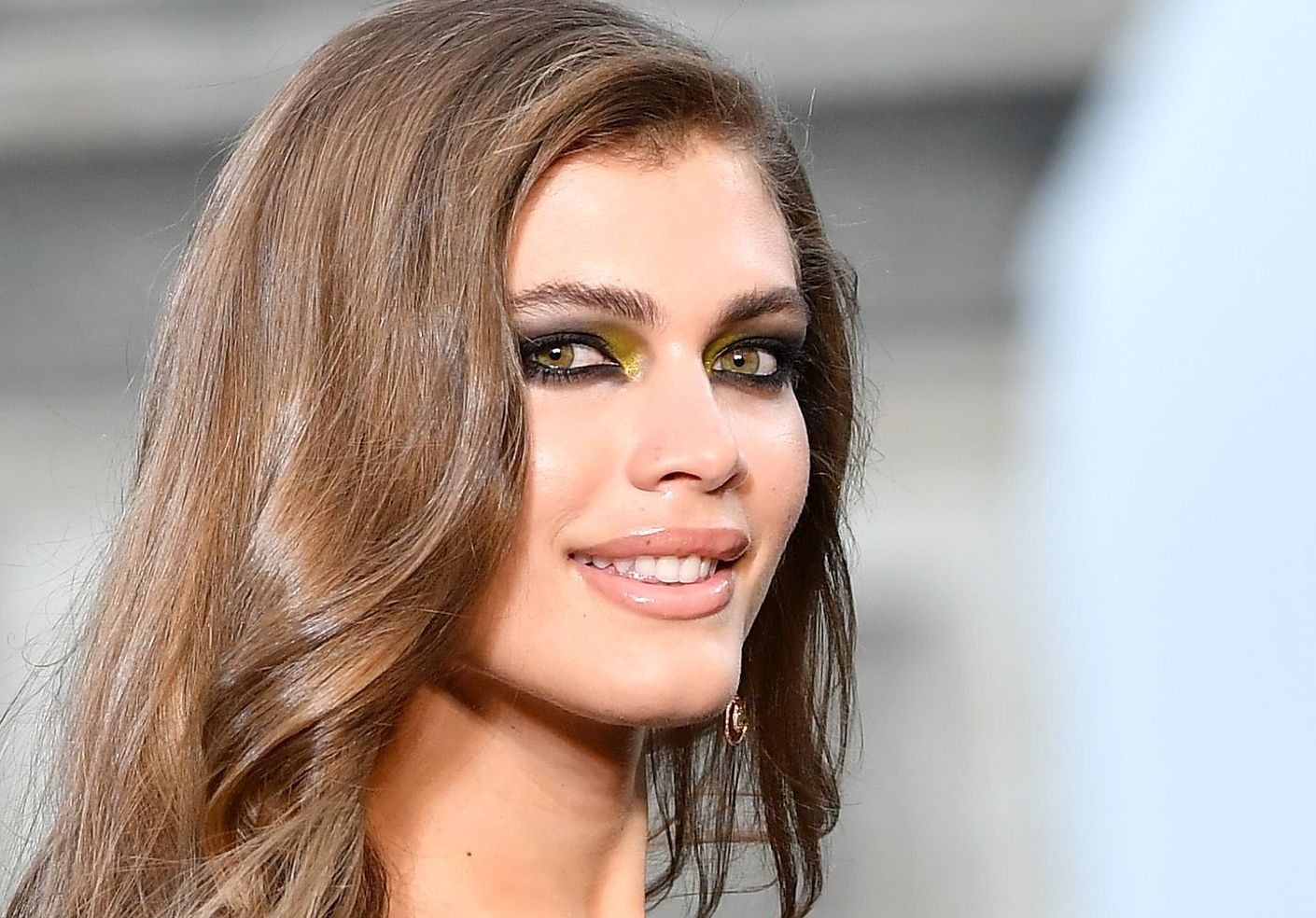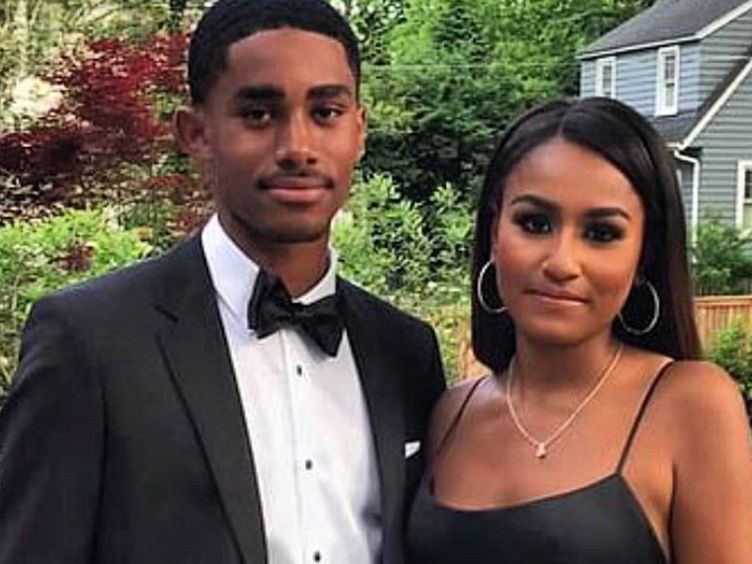@Rose Minutaglio
Earlier this month, Victoria’s Secret announced that it had hired its first transgender model, Valentina Sampaio. The Brazilian beauty revealed her decision to join the team with a behind-the-scenes snap on Instagram from an upcoming Pink campaign due out soon.
The historic announcement was followed a few weeks later by a report that longtime chief marketing officer Ed Razek would be retiring from its parent company, L Brands. In a now iconic interview with Vogue, the 71-year-old, who joined Victoria’s Secret in 1983 sent the lingerie giant spiraling downward after telling writer Nicole Phelpsthat “transsexuals” would not be cast in their annual fashion show, “because the show is a fantasy.” He later apologized, calling his remarks “insensitive.” But the damage was done: Model Shanina Shaik let slip that the show would not be taking place in 2019.
Though the brand, along with its fashion show, has struggled with criticisms that it is out-of-touch, anachronistic, and devoid of body diversity, hiring Sampaio seems like a step in the right direction. “This represents a victory for society, not just the trans community but for all people who are currently underrepresented in fashion,” Sampaio tells ELLE.com via email. “We are experiencing a moment, an evolution, and it is a positive one. Brands are finally learning and catching up to the importance of inclusivity and diversity.” She adds, “It is hugely important moment not only for myself, but my community and beyond.”
Her announcement on Instagram with the caption, “Never stop dreaming,” was met with praise from trans activists, like Orange Is the New Black‘s Laverne Cox, who commented, “Wow finally!” Carmen Carrera of RuPaul’s Drag Race, echoed the sentiment, telling ELLE.com, “I am so happy that VS is moving closer to embracing all women by hiring their first transgender model. I also wish it hadn’t taken them this long!”
According to GLAAD, more and more companies are starting to incorporate transgender people in ad campaigns, doing so “in an organic fashion.” Take for example, when Gillette released a video of a dad teaching his trans son how to shave. Or the Express billboard featuring trans writer Raquel Willis and non-binary writer Coco Romack that appeared in Times Square.
“Global brands are finally taking the initiative to include trans women in the fashion and retail industry, reflecting the reality of the world we live. Last year, following the egregious and harmful comments from the CMO of Victoria’s Secret, the trans community and allies made it clear that exclusion will not bank you progress or profit,” Alex Schmider, GLAAD’s associate director of transgender representation, tells ELLE.com. “Valentina Sampaio has a major opportunity to send an uplifting and affirming message to transgender women around the world that they belong and show that inclusion is what’s best for brands today.”
Sampaio acknowledges this opportunity, telling ELLE.com she wishes to use her voice and visibility to, “try to change the status quo not only in the fashion industry but also in society.” But when pressed about working for a company with a transphobic history, Sampaio’s agent Erio Zanon stepped in to say she would not be offering any further comment aside from this: “The world and the society are changing super fast, so I think that even fashion industry must follow these changes in order to satisfy the new customers demands.”
And though the hiring of Sampaio is objectively a win for representation efforts, another well-known transgender model and activist tells ELLE.com the timing of it seems very convenient for the brand.
As Geena Rocero, Playboy’s first transgender Asian Pacific Islander woman to be featured as a Playmate, tells ELLE.com, it’s “important to look at this moment in full context when it comes to conversation about representation, inclusivity and accountability in making sure that this is not a fleeting trend.”
“Being trans,” she reiterates, “is not a trend.”
“Given its history and what the customers know on their stance to the lack of diversity, plus size and trans inclusion, Victoria’s Secret can choose to have this as a teaching moment and use its power for good,” says Rocero. “For real impact to be felt by its customers and followers, they can choose to lead by example or at least be open to learning because when companies don’t make a concerted effort to adjust to the constantly changing market and customer demands, they will be left out.”









